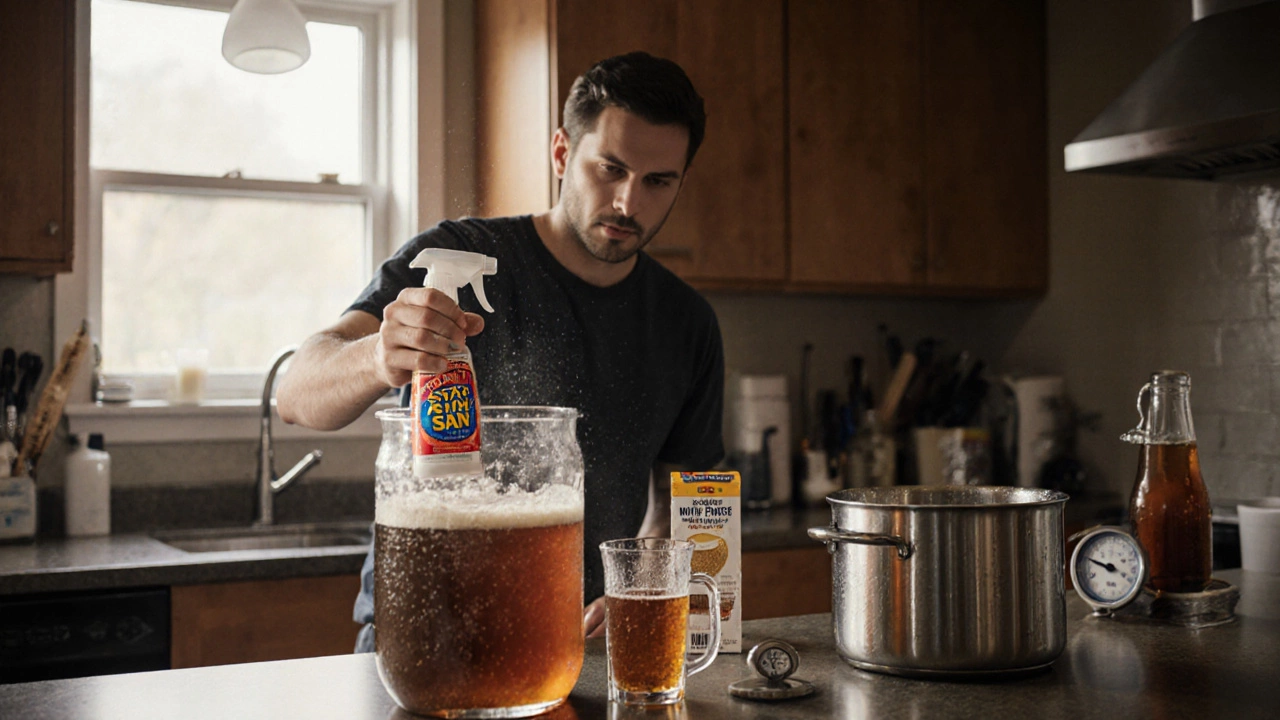Homebrew Quality: How to Craft Better Beer, Wine, and Spirits at Home
When you make your own drink—whether it’s beer, wine, or spirits—homebrew quality, the level of consistency, flavor, and cleanliness in a drink made outside a commercial brewery or distillery. Also known as craft fermentation, it’s not about having the fanciest setup. It’s about understanding the small things that turn a good batch into a great one. Most people think it’s about ingredients or fancy equipment, but the real difference comes down to control: temperature, cleanliness, and patience. A $50 kit with perfect hygiene will beat a $500 system filled with mold and rushed fermentation every time.
homemade beer, beer brewed in small batches by individuals using malt, hops, yeast, and water. The biggest mistake? Skipping the sanitizer. One dirty spoon can ruin a whole five-gallon batch. It’s not magic—it’s science. Yeast doesn’t care if your fermenter looks nice; it only cares if it’s sterile. Same goes for homemade wine, wine made from crushed fruit, usually grapes, fermented with added yeast. Sugar levels, acid balance, and oxygen exposure matter more than the price of your bottles. And if you’re trying homemade spirits, distilled alcohol like vodka, gin, or whiskey made at home using fermentation and distillation.—you need to know what’s legal, what’s safe, and why cutting corners with stills can be dangerous. Even small details like letting your brew rest longer than you think you should make a huge difference. A week of extra aging can turn a flat, harsh drink into something smooth and complex.
You won’t find a single secret to perfect homebrew. But you’ll find patterns. People who get consistent results don’t follow trends—they follow process. They measure. They record. They wait. The posts below show you exactly how real people fixed their off-flavors, improved clarity, and made drinks they’re proud to serve. Whether you’re struggling with sour notes in your beer, cloudy wine, or a spirit that burns too hard, there’s a fix here. No fluff. No jargon. Just what works.
Yes, you can brew good beer at home-with the right technique, sanitation, and patience. Thousands do it every year, and many win competitions. Here’s how to start and what really matters.
View Details

